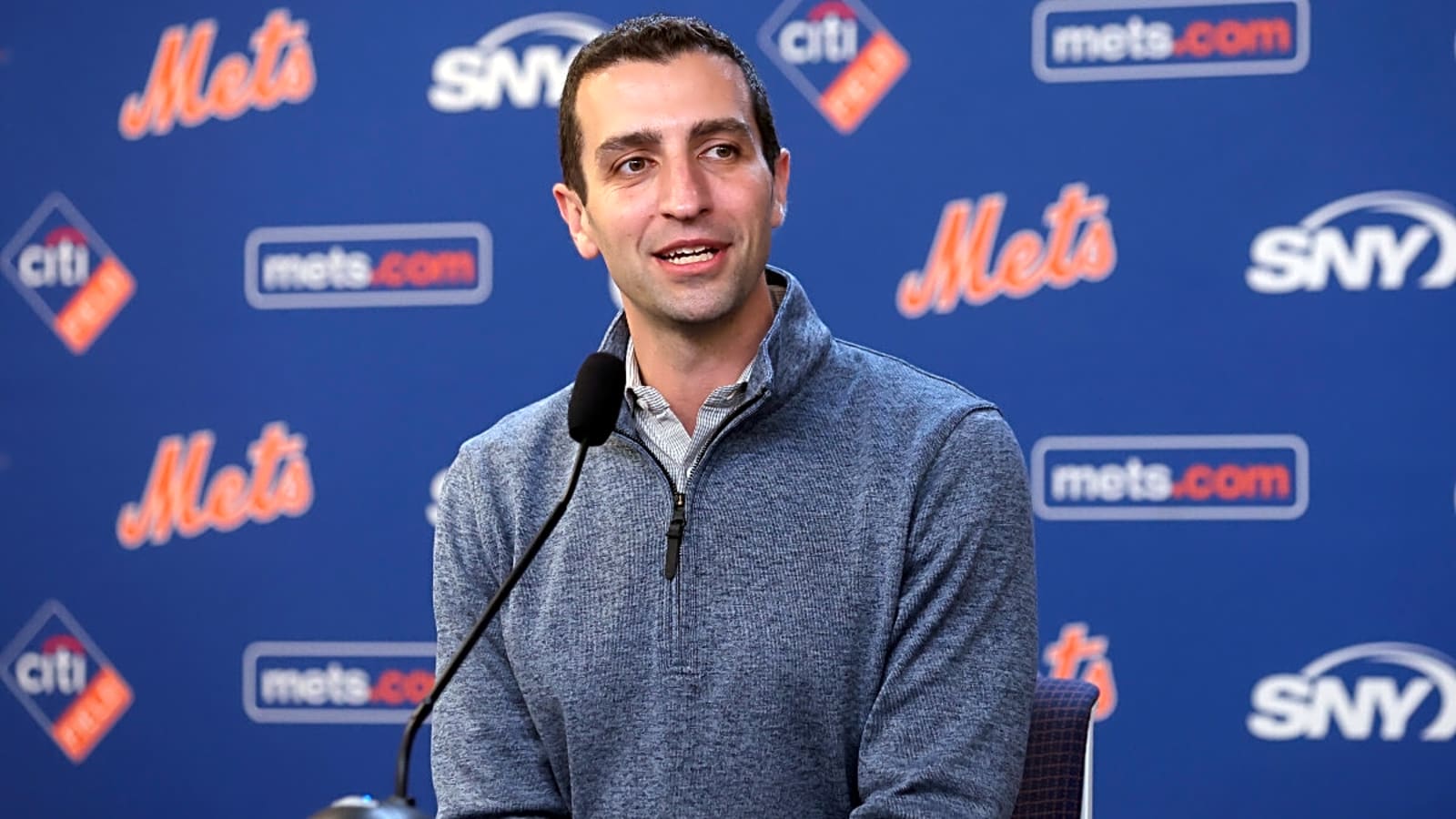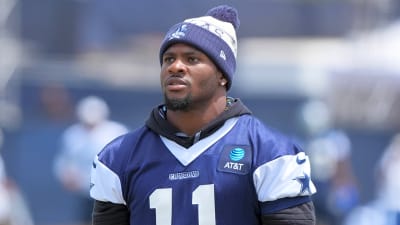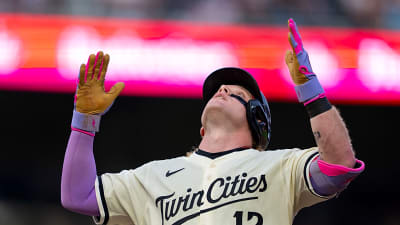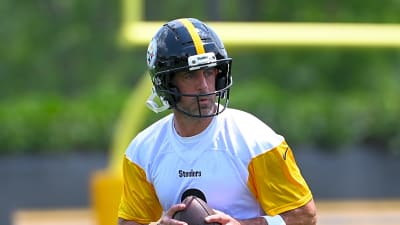
The New York Mets made a decisive, high-stakes move Wednesday, acquiring veteran reliever Tyler Rogers from the San Francisco Giants in exchange for right-hander José Buttó, top outfield prospect Drew Gilbert, and promising pitching prospect Blade Tidwell.
It’s a bold trade that underscores a clear message from president of baseball operations David Stearns and owner Steve Cohen: they’re unafraid to sacrifice valuable pieces of the future in pursuit of meaningful baseball this October.
Rogers, 34, may not light up the radar gun—his signature sinker barely cracks 83 mph—but his unorthodox submarine delivery and elite command have made him one of MLB’s most reliable bullpen arms over the last half-decade.
We have acquired RHP Tyler Rogers from San Francisco in exchange for RHP José Buttó, RHP Blade Tidwell, and OF Drew Gilbert.
— New York Mets (@Mets) July 30, 2025
Welcome to New York, Tyler! pic.twitter.com/AHIEo2nCQg
What Tyler Rogers Brings to the Mets
This season, he’s posted a sparkling 1.80 ERA with 38 strikeouts and only four walks in 50 innings across a league-leading 53 appearances. Even more striking: over his last 30 games he has a stunning 1.63 ERA, allowing just five earned runs in 27.2 innings with a 0.98 WHIP and 20 strikeouts against just one walk. His career résumé includes a 2.79 ERA over seven seasons—all with San Francisco—along with multiple league-leading marks in appearances.
But it’s not just about durability or deception. Rogers is a specialist in inducing weak contact and managing late-game leverage with poise—two skills the Mets bullpen has sorely lacked in recent months. After ranking second in bullpen ERA through May 31, the Mets have cratered to 25th in ERA and 28th in win probability added since June 1.
The underlying issue? Overuse, poor depth, and a slew of injuries to key relievers like A.J. Minter, Max Kranick, and Dedniel Núñez. Mets starters, ranked 25th in innings pitched, have only amplified the burden.
In that context, Rogers isn’t just a midseason patch—he’s an anchor. His presence adds definition and trust to a group that’s been operating on fumes, particularly in high-leverage innings where consistency has been scarce.
Mets Add to Bullpen, Strike Out on Starting Pitching
Still, the price is steep. Gilbert was the organization’s No. 7 prospect, a dynamic center fielder acquired in last year’s Justin Verlander deal. Tidwell, a second-round pick, had been viewed as a potential mid-rotation starter. But Stearns and Cohen have made it clear: the Mets are chasing more than prospect rankings. They’re chasing wins now.
Rogers, a pending free agent, arrives at a critical juncture in the season. He will be joined in the bullpen by two other newcomers: Ryan Helsley and Gregory Soto. New York added to its bullpen, but it came as a cost, and also did not address what many viewed as another big need — starting pitching.
Stearns addressed this on Thursday, telling reporters, "We were engaged. As I've said throughout, I think there are multiple ways to build a pitching staff. We focused on the back end of a pitching staff -- the bullpen. We're really happy with the arms we were able to acquire."
David Stearns on the starting pitching market:
— Anthony DiComo (@AnthonyDiComo) July 31, 2025
"We were engaged. As I've said throughout, I think there are multiple ways to build a pitching staff. We focused on the back end of a pitching staff -- the bullpen. We're really happy with the arms we were able to acquire."
Prior to the deadline, Anthony DiComo of MLB.com wrote the following on New York's starting pitching pursuit:
"The Mets have also shown some interest in adding to their rotation -- an area that seemed to take on growing importance when Clay Holmes failed to complete four innings in Wednesday’s loss. Despite that, Mets officials view the offense as a higher priority than the rotation."
The offense was also addressed, with Cedric Mullins arriving from the Baltimore Orioles.
More must-reads:
- White Sox rebuild already showing significant progress
- Yankees manager Aaron Boone must get harsh with his players
- The '250-strikeout MLB seasons' quiz
Breaking News
Trending News
Customize Your Newsletter
 +
+
Get the latest news and rumors, customized to your favorite sports and teams. Emailed daily. Always free!








